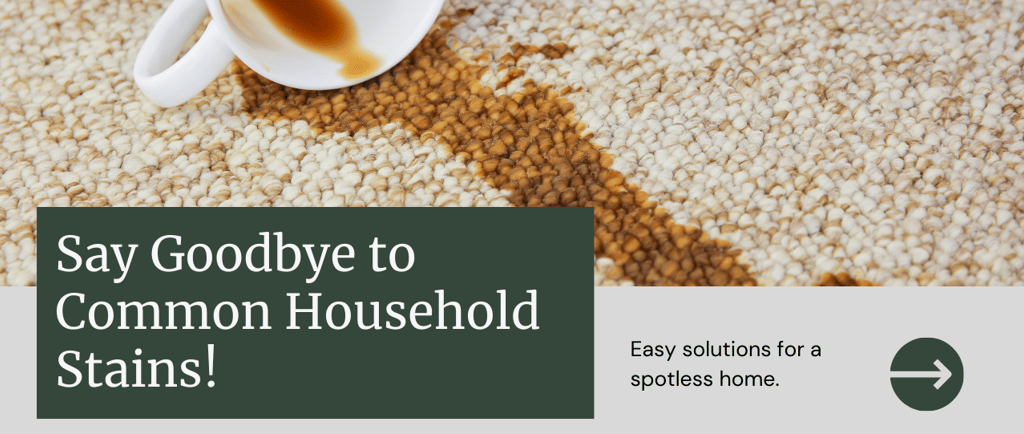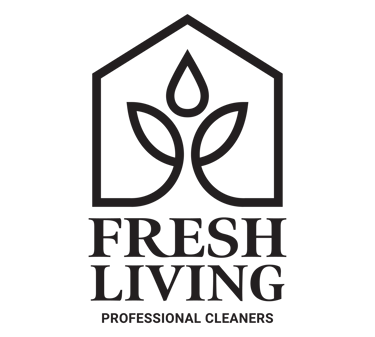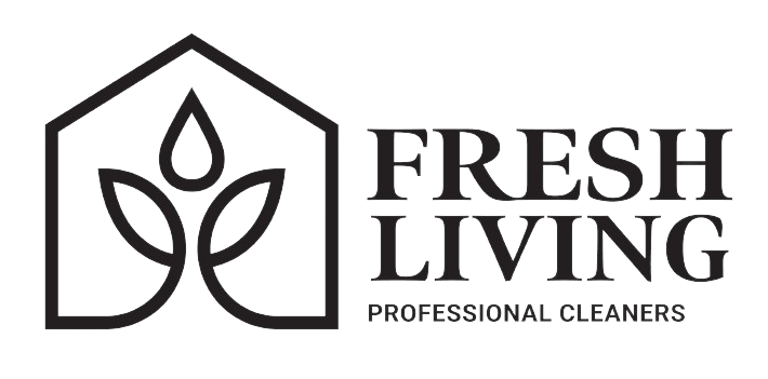Removing Common Household Stains
Stains. Those unsightly marks that seem to appear out of nowhere, threatening the pristine appearance of our homes. From spilled coffee to grass stains on clothing, the battle against these blemishes can feel like an ongoing struggle. But fear not, for armed with the right knowledge and techniques, conquering common household stains is within reach.
4/23/20245 min read


Understanding Different Types of Stains
Stains come in a myriad of forms, each requiring its approach for effective removal. It's crucial to identify the type of stain you're dealing with before diving into the cleaning process. Let's break it down:
Organic Stains
Organic stains originate from natural sources and are typically derived from living organisms. They include:
Food Stains: Whether it's a splash of spaghetti sauce or a dribble of wine, food stains are some of the most common culprits. Acting quickly is key to preventing them from setting.
Blood Stains: Accidents happen, and when they involve blood, prompt action is essential. Blood stains can be notoriously stubborn, especially if they've had time to dry.
Pet Stains: Furry friends bring joy into our lives, but they also leave behind their marks in the form of urine, feces, and vomit stains. These stains not only mar surfaces but can also emit unpleasant odors if not properly addressed.
Inorganic Stains
Inorganic stains, on the other hand, stem from non-living sources and often require different removal techniques:
Grease Stains: Cooking oils and grease can leave stubborn marks on fabrics and hard surfaces alike. Without proper treatment, they can linger indefinitely.
Ink Stains: From leaky pens to printer mishaps, ink stains are a common nuisance. Their composition varies depending on the type of ink, necessitating tailored removal methods.
Rust Stains: Rust can form on metal surfaces when they come into contact with water or moisture over time. Removing rust stains requires a combination of chemical and mechanical methods.
Preparing for Stain Removal
Before embarking on your stain removal journey, gather the necessary tools and materials to ensure a smooth and efficient process:
Tools and Materials Needed
Stain Remover Products: There's a plethora of stain remover products available on the market, ranging from general-purpose cleaners to specialized formulas designed for specific types of stains.
Household Items for DIY Stain Removal: In addition to commercial products, many common household items can double as effective stain removers. Vinegar, baking soda, and hydrogen peroxide are just a few examples of versatile stain-fighting agents.
Safety Precautions
Regardless of the stain removal method employed, safety should always be a top priority. Some cleaning products contain harsh chemicals that can irritate the skin or emit noxious fumes, so be sure to read and follow the manufacturer's instructions carefully. Additionally, wear protective gloves and work in a well-ventilated area to minimize exposure to potentially harmful substances.
Step-by-Step Stain Removal Techniques
With your arsenal of stain-fighting tools at the ready, it's time to tackle those unsightly spots head-on. Here's a step-by-step guide to stain removal:
General Stain Removal Tips
Before applying any cleaning solution, blot the stain with a clean cloth or paper towel to absorb excess liquid. Avoid rubbing, as this can spread the stain and embed it deeper into the fabric or surface.
Specific Techniques for Different Types of Stains
Organic Stain Removal: For organic stains such as food, blood, and pet messes, start by gently scraping off any solid residue. Then, apply a pre-treatment solution or detergent directly to the stain and allow it to penetrate for several minutes before laundering or rinsing as directed.
Inorganic Stain Removal: Inorganic stains like grease, ink, and rust often require more targeted treatment. Depending on the surface and severity of the stain, you may need to use solvents, abrasives, or rust converters to effectively remove the discoloration.
Troubleshooting Tough Stains
Despite your best efforts, some stains may prove stubborn or resistant to conventional cleaning methods. When faced with a particularly tough stain, don't lose hope. Instead, experiment with alternative approaches and be patient. Sometimes, repeated treatments or specialized products are necessary to achieve satisfactory results.
Stubborn Stains: For stains that refuse to budge, consider using a combination of techniques or enlisting the help of professional cleaners.
Old Stains: Old stains can be more challenging to remove, as they may have had time to set into the fabric or surface. In such cases, prolonged soaking or the use of stronger cleaning agents may be necessary.
Set-in Stains: If a stain has already set, don't despair. With the right approach, even set-in stains can often be lifted, restoring the affected area to its former glory.
Tips for Preventing Future Stains
An ounce of prevention is worth a pound of cure, as the saying goes. While some stains are inevitable, there are steps you can take to minimize their occurrence:
Protective Measures: Consider using protective covers or mats to safeguard vulnerable surfaces from spills and stains. For example, place a coaster under your morning coffee mug to prevent unsightly rings on your tabletops.
Quick Action: Address spills and accidents promptly to prevent them from becoming stubborn stains. The longer a stain sits untreated, the harder it becomes to remove.
Eco-Friendly Stain Removal Methods
For environmentally-conscious individuals, there's good news: many effective stain removal methods utilize natural ingredients that are safe for both you and the planet:
Natural Stain Removers: Vinegar, lemon juice, and baking soda are just a few examples of eco-friendly stain-fighting agents that can be found in your pantry.
Environmentally-Friendly Practices: When possible, opt for biodegradable cleaning products and eco-friendly packaging to minimize your environmental footprint.
Special Considerations for Different Surfaces
Not all surfaces are created equal, and some may require special attention when it comes to stain removal:
Fabric Stains: Delicate fabrics such as silk and wool require gentle treatment to avoid damage. Always check the care label and test any cleaning solution in an inconspicuous area before applying it to the entire garment.
Hard Surface Stains: From countertops to tile floors, hard surfaces can fall victim to a variety of stains. Use non-abrasive cleaners and soft cloths to avoid scratching or dulling the surface.
Carpet and Rug Stains: Carpets and rugs are magnets for spills and mishaps, but with the right approach, you can keep them looking fresh and clean. Blot stains immediately with a clean cloth, then treat with a carpet stain remover or homemade solution.
Dealing with Sensitive Fabrics and Materials
When dealing with delicate fabrics and materials, it's important to exercise caution to avoid causing damage:
Delicate Fabrics: Silk, satin, and lace require special care to prevent discoloration or distortion. When in doubt, consult a professional cleaner who specializes in handling delicate garments.
Wooden Surfaces: Wood is susceptible to water damage and staining, so avoid using excessive moisture when cleaning wooden surfaces. Instead, opt for gentle cleaners formulated specifically for wood and follow up with a protective polish or wax to restore shine and luster.
Stain removal may seem like a daunting task, but armed with the right knowledge and techniques, you can tackle even the toughest spills with confidence. By understanding the different types of stains, preparing properly, and employing effective removal methods, you can keep your home looking its best. Remember to take precautions, experiment with eco-friendly alternatives, and tailor your approach to suit the specific surface or fabric you're dealing with. With a little patience and perseverance, you'll be able to bid farewell to those pesky stains and enjoy a cleaner, more inviting living space.


(609) 806 - 5565
help@freshlivingpc.com
Follow us on
